One of the biggest hurdles for university blockchain projects is finding the funding they need to thrive. Traditional grant systems often favor projects with the backing of big donors, leaving many grassroots and student-led initiatives struggling to secure financial support. However, quadratic funding (QF) levels the playing field by offering a more democratic and community-focused approach to funding.
With QF, the focus is on the number of unique contributors rather than the size of individual donations. This means that university blockchain projects that engage their communities effectively stand a better chance of receiving funding, even if they are not making large contributions. In the context of the “Web3 for Universities” grant round, this model ensures that student-led projects that make a real difference and foster active community participation can access the resources they need to grow.
QF gives university blockchain clubs and developers an opportunity to highlight their work and gather support from peers, alumni, and the wider blockchain community. The more individuals contribute—even with small amounts—the greater the total funding available for the project. This approach resonates with the decentralized spirit of Web3, ensuring that financial support is based on collective interest rather than a top-down decision-making process.
Moreover, QF promotes transparency and accountability. To gain community support, projects must demonstrate their efforts and measurable impact. This aligns well with the goals of the “Web3 for Universities” grant round, where applicants are required to outline both quantitative and qualitative strategies for measuring their impact.
Adopting QF gives university blockchain projects the opportunity to secure ongoing funding while deepening their ties to the broader Web3 ecosystem. This model empowers students to take charge of their blockchain initiatives, drive meaningful change in their communities, and lay the groundwork for a more inclusive and decentralized future.

